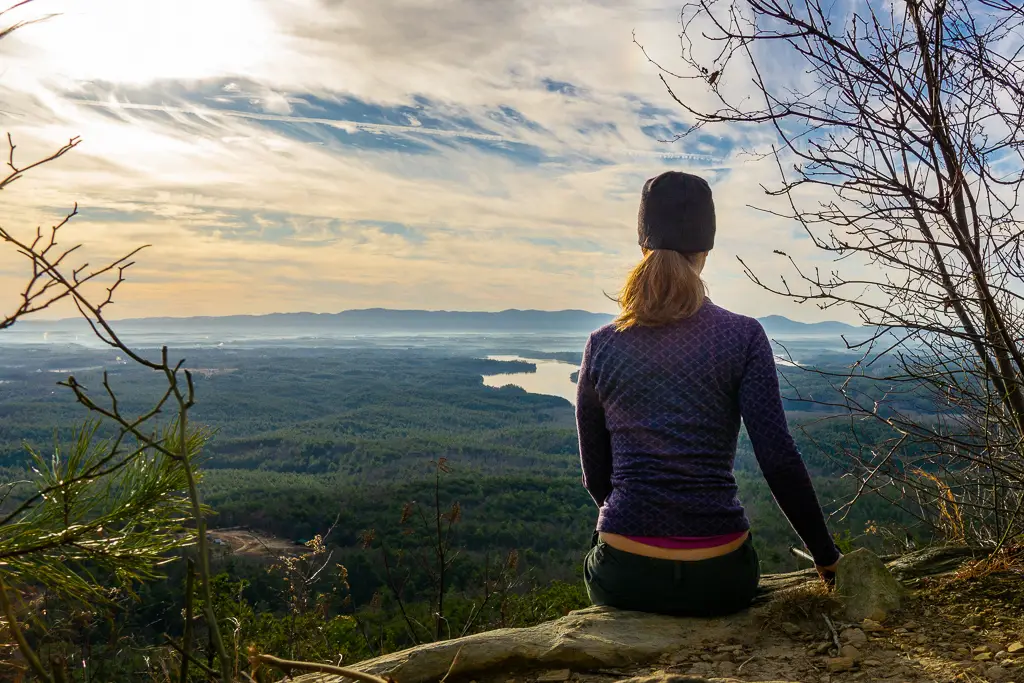
In the realm of backpacking, the ever-changing seasons present an array of factors to consider for an optimal experience. From navigating spring trails to making gear adaptations for summer, selecting clothing layers for fall, and braving the challenges of winter weather, it is essential to be well-prepared.
This article delves into twelve seasonal backpacking factors that demand attention, providing valuable insights and expert advice. Whether you seek the perfect trail or wish to adapt your gear, this comprehensive guide will satisfy your craving for freedom in the great outdoors.
Spring Trails
What factors should backpackers consider when hiking on spring trails?
Spring is a beautiful time of year to hit the trails, but it also brings unique challenges and considerations. One of the most important factors to consider is your spring camping gear. With unpredictable weather and potentially wet conditions, it's crucial to have gear that is waterproof, lightweight, and versatile. Investing in a good quality tent, sleeping bag, and rain gear will ensure that you stay warm and dry throughout your journey.
Additionally, researching and choosing the best spring backpacking trails is key. Look for trails that offer stunning scenery, moderate temperatures, and minimal snow or ice. Some popular options include the Appalachian Trail, Pacific Crest Trail, and the Colorado Trail.
Summer Gear Adaptations
As the summer months approach, it is essential for backpackers to make gear adaptations to ensure a comfortable and enjoyable experience on the trails.
Lightweight clothing options become crucial in hot weather, as they offer breathability and protection from the sun.
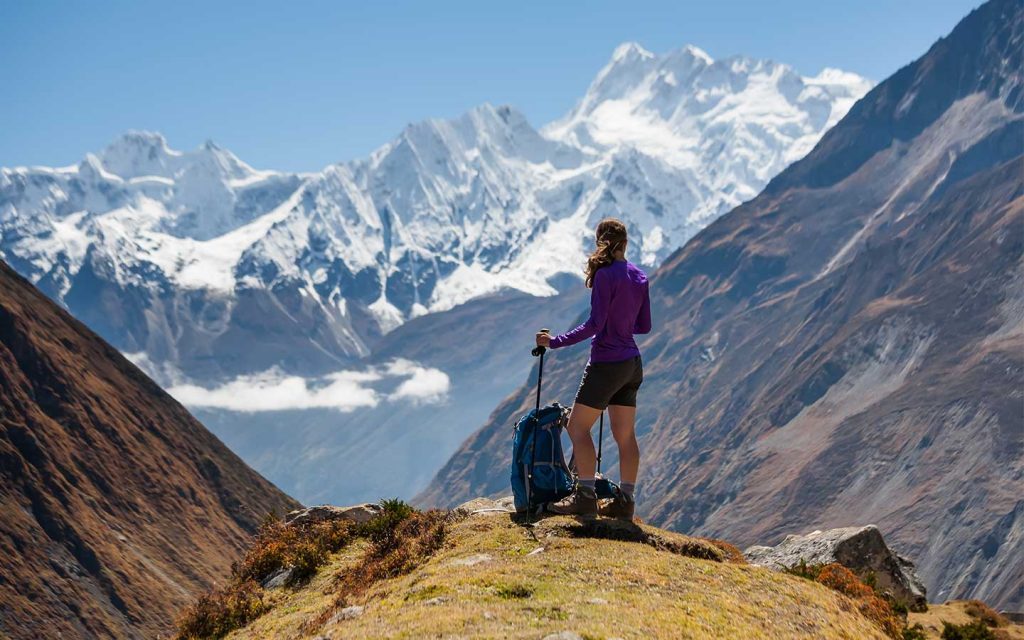
Additionally, developing effective water and hydration strategies is vital to staying hydrated and avoiding heat-related illnesses in the summer heat.
Lightweight Clothing Options
When planning for summer backpacking trips, it is essential to consider lightweight clothing options. One of the most important aspects to consider is lightweight footwear options. Opt for breathable and quick-drying hiking shoes or trail runners to keep your feet cool and comfortable during hot summer hikes.
Additionally, packing essentials for lightweight clothing should include moisture-wicking and breathable fabrics such as nylon or merino wool. These materials help to regulate body temperature and wick away sweat, keeping you dry and comfortable throughout your journey. Choose lightweight and versatile clothing pieces that can be layered for added warmth or removed when the temperature rises.
Remember to prioritize freedom of movement, as well as protection from the sun, by incorporating lightweight long-sleeve shirts, sun hats, and lightweight pants with built-in UPF protection.
Water and Hydration Strategies
To ensure proper hydration during summer backpacking trips, it is crucial to develop effective water and hydration strategies that complement your gear adaptations.
Hydration tips are essential to keep in mind when planning your trip. Firstly, always carry a sufficient amount of water with you. Estimate how much you will need based on the length and intensity of your hike.
Additionally, consider investing in a lightweight water filtration system or water purifying tablets to make use of natural water sources along the trail. This will save you from carrying excessive weight and ensure a constant supply of clean water.
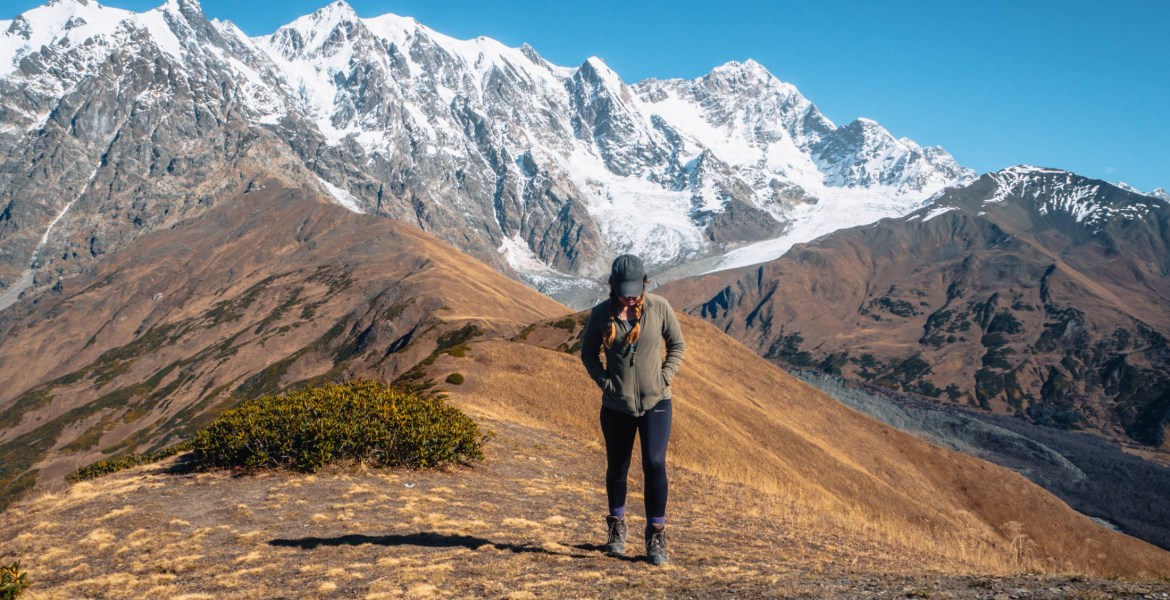
Research and map out water sources in advance, so you know where to find them during your hike. Remember to drink small amounts of water frequently, rather than waiting until you're thirsty.
Proper hydration is crucial for maintaining energy levels and preventing dehydration, so plan accordingly and stay hydrated during your summer backpacking adventures.
Fall Clothing Layers
Fall clothing layers are essential for comfortable and practical backpacking during the autumn season. As the weather begins to cool down, it is crucial to pack lightweight jackets and thermal leggings to stay warm without adding unnecessary weight to your backpack.
Lightweight jackets made from breathable materials are ideal for layering and can provide insulation when temperatures drop. Thermal leggings offer extra warmth for your legs and can be worn under hiking pants or shorts.
When choosing fall clothing layers, consider the weather conditions and the activities you will be engaging in. It is important to strike a balance between staying warm and being able to move freely. By selecting the right clothing layers, you can enjoy a comfortable and enjoyable backpacking experience during the fall season.
Winter Weather Considerations
For winter backpacking, it is crucial to consider various weather factors and adapt your gear accordingly. Winter weather can be unpredictable and harsh, so being prepared is essential for a safe and enjoyable trip. Here are some winter gear recommendations and snowshoeing tips to help you navigate the winter landscape.
When it comes to winter gear, layering is key. Start with a moisture-wicking base layer to keep you dry, followed by an insulating layer for warmth, and top it off with a waterproof and windproof outer layer. Insulated waterproof boots, warm gloves, and a hat are also must-haves to protect your extremities from the cold.
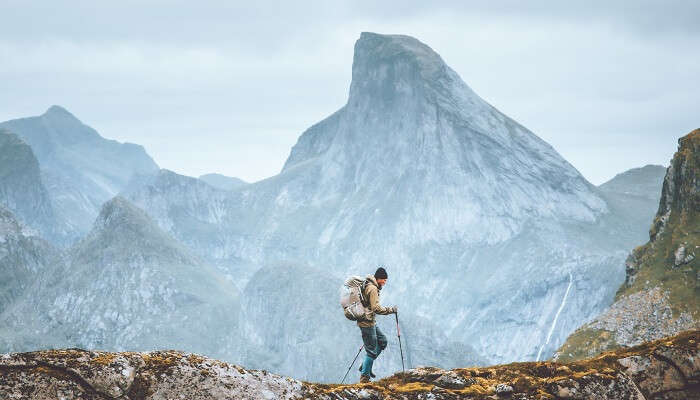
Snowshoeing is a popular winter activity that allows you to explore snowy trails with ease. When snowshoeing, it is important to have the right equipment. Invest in a pair of lightweight and durable snowshoes that fit your weight and the terrain you'll be traversing. Adjustable trekking poles can also provide stability and support on icy or steep sections.
Remember to check the weather forecast before heading out and be prepared for changing conditions. Stay hydrated, bring high-energy snacks, and always let someone know your itinerary.
With the right gear and precautions, you can enjoy the freedom and beauty of winter backpacking.
Wildlife Activity
When venturing into the wilderness, it is important to be aware of wildlife activity. Animal encounters can be exhilarating, but they can also pose certain risks.
To ensure safety, it is crucial to take necessary precautions such as storing food properly, making noise to alert animals of your presence, and knowing how to react in the event of an encounter.
Animal Encounters
The presence of wildlife during backpacking trips is a crucial factor that necessitates careful consideration and preparation. When venturing into the great outdoors, it is important to be aware of potential wildlife encounters and to follow camping regulations to ensure both your safety and the preservation of the natural environment.
Here are some key points to keep in mind:
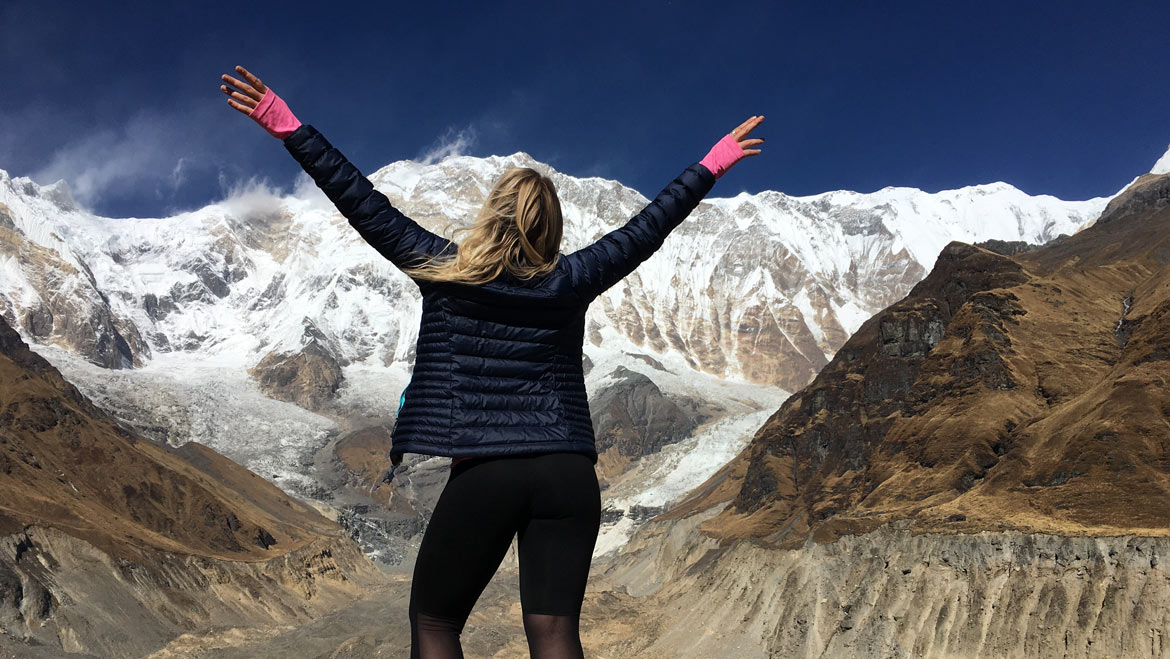
Stay informed: Research the area you will be backpacking in to understand the types of wildlife you might encounter.
Store food properly: Use bear-resistant containers or hang food in bear bags to prevent attracting wildlife to your campsite.
Keep a safe distance: Maintain a respectful distance from wildlife to avoid disturbing their natural behavior and to ensure your own safety.
Make noise: Announce your presence by talking, clapping, or using bear bells to alert wildlife of your approach.
Leave no trace: Follow camping regulations and pack out all trash to minimize the impact on wildlife and their habitats.
Safety Precautions
To ensure the safety of both backpackers and wildlife, it is essential to take necessary safety precautions during encounters with animals in the wilderness.
One crucial aspect of safety is being prepared with outdoor first aid knowledge and supplies. In the event of an animal attack or injury, knowing how to administer first aid can make a significant difference in the outcome.
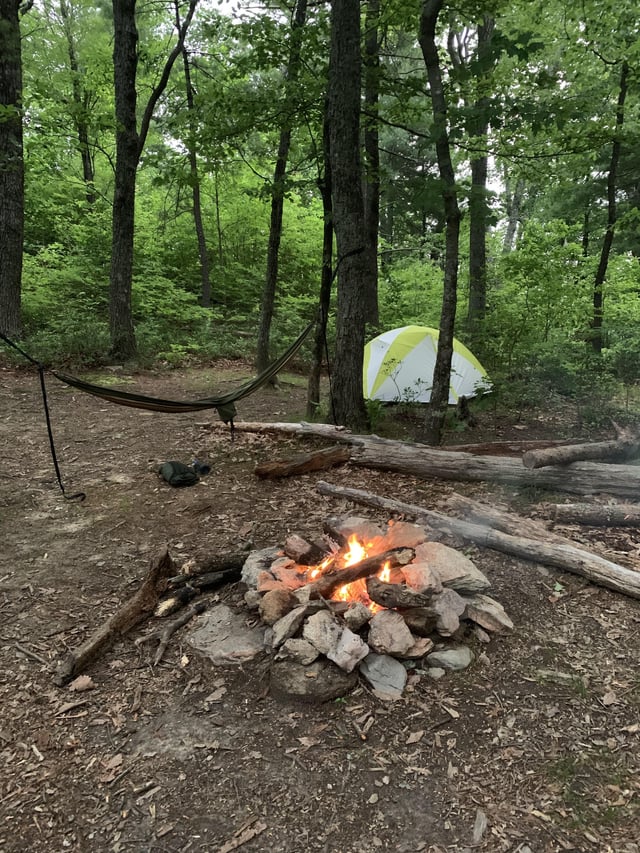
Additionally, it is important to have emergency communication devices, such as a satellite phone or a personal locator beacon, to call for help if needed. These devices can provide a lifeline in remote areas where cellphone reception may be unreliable or nonexistent.
Trail Conditions
One important factor to consider when backpacking seasonally is the state of trail conditions. The condition of the trail can greatly impact the overall experience of your backpacking trip, so it's essential to be aware of the current conditions before setting out. Here are some key factors to consider:
Spring trail conditions: In the spring, trails can be muddy and slippery due to melting snow and rain. Be prepared for wet and muddy sections, and consider wearing waterproof boots or gaiters to keep your feet dry.
Summer water sources: During the summer, some water sources along the trail may dry up or become scarce. Plan your route accordingly and carry enough water or be prepared to treat water from alternative sources.
Fallen trees and debris: After storms or strong winds, trails may be obstructed by fallen trees or debris. Be cautious and prepared to navigate around obstacles.
Trail maintenance: Some trails may have ongoing maintenance or closures during certain seasons. Check with local authorities or park rangers for any trail updates or closures before starting your hike.
Trail popularity: Consider the popularity of the trail during different seasons. Busier trails may mean more people and less solitude, while less popular trails may offer a more serene experience.
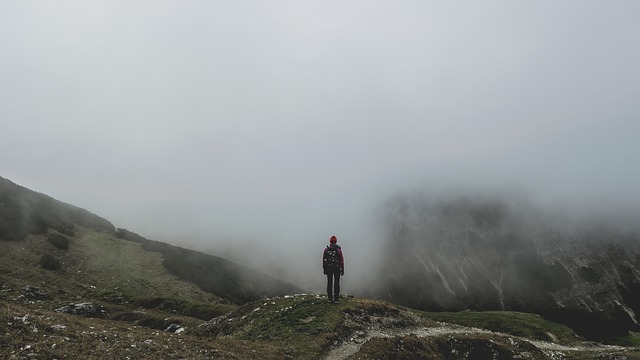
Permit Availability
When planning a backpacking trip, one crucial factor to consider is the availability of permits.
Many popular trails have a limited number of permits, and the demand for these permits can be high, especially during peak seasons.
It is important to be aware of reservation requirements and any associated fees, as well as to explore alternative options in case permits are scarce.
Limited Permits, High Demand
Permit availability for seasonal backpacking can be limited due to high demand. When planning your backpacking trip, it is important to be aware of the availability issues surrounding permits. Here are some factors to consider:
Popular trails: High demand is often seen on well-known trails such as the Pacific Crest Trail or the Appalachian Trail. These trails attract a large number of backpackers, making permits harder to obtain.
Quota systems: Many wilderness areas implement a quota system to limit the number of backpackers in order to protect the environment. This means that there are only a limited number of permits available for each season.
Advanced reservations: Some areas require backpackers to make advanced reservations, often several months in advance, to secure a permit. Failure to do so can result in disappointment and the need to explore alternative options.
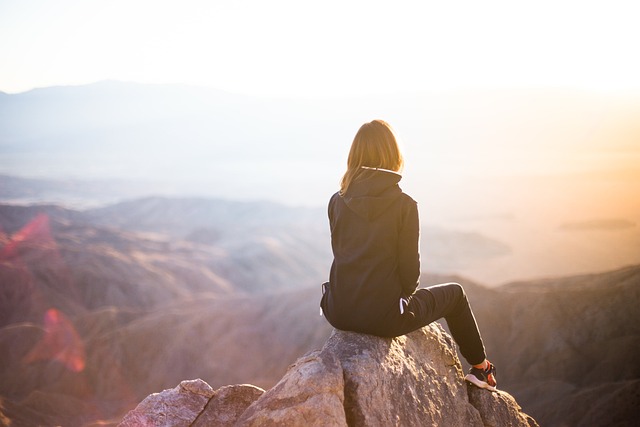
Alternative options: If you are unable to secure a permit for your desired trail, consider exploring alternative routes or less crowded areas. This will allow you to still enjoy the backpacking experience while avoiding the availability issues.
Flexibility: Being flexible with your travel dates can increase your chances of obtaining a permit. Consider planning your trip during weekdays or less popular seasons to avoid the high demand.
Reservation Requirements and Fees
Reservation requirements and fees play a crucial role in determining the availability of permits for seasonal backpacking. When planning a backpacking trip, it is important to research the reservation requirements for the specific trail or park you wish to visit.
Many popular trails and national parks require advance reservations, especially during peak seasons, to control visitor numbers and protect the environment. Some locations may have a limited number of permits available each day, making it necessary to secure your reservation well in advance.
Additionally, fees are often associated with obtaining permits, which help support the maintenance and conservation of the trails and surrounding areas. It is essential to factor in these fees when budgeting for your backpacking adventure. However, it's worth noting that some parks offer fee exemptions or reduced rates for certain groups, such as seniors, veterans, or individuals with disabilities.
Alternatives for Permit Scarcity
To address the issue of permit scarcity, it is important to explore alternative options available for securing access to popular backpacking trails and national parks. Here are some permit alternatives and reservation alternatives that can help you overcome permit scarcity and ensure you can enjoy the freedom of exploring these beautiful destinations:
Explore less crowded trails: Instead of focusing solely on popular trails, consider exploring lesser-known trails that may not require permits or have fewer restrictions.
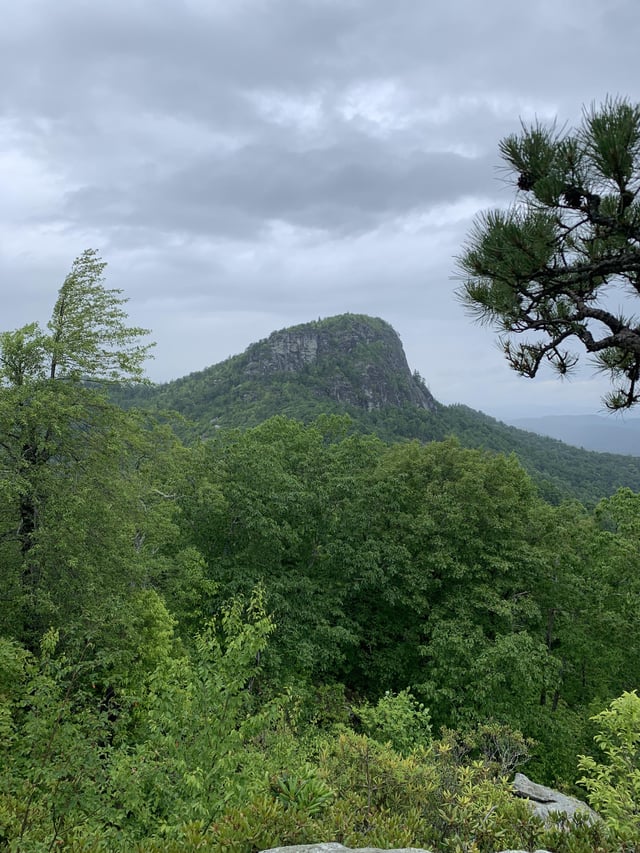
Look for last-minute cancellations: Keep an eye on reservation systems and online forums where people may cancel their permits, giving you an opportunity to snag them.
Opt for off-peak seasons: Backpacking during the shoulder seasons or weekdays can increase your chances of obtaining permits, as they tend to be less crowded.
Choose less popular destinations: Instead of aiming for the most famous national parks, consider exploring other nearby parks or wilderness areas that offer equally stunning landscapes.
Join guided tours or hire a backpacking guide: Some guided tours or backpacking guides have permits reserved for their clients, allowing you to access restricted areas without having to secure a permit yourself.
Scenic Highlights
Discover breathtaking scenic highlights along your backpacking adventure. As you embark on your journey through nature's wonders, be sure to take advantage of the numerous scenic viewpoints that will leave you in awe.
From towering peaks to cascading waterfalls, these stunning landscapes offer the perfect opportunity for capturing memorable photographs. When photographing scenic viewpoints, consider using a wide-angle lens to capture the expansive beauty of the surroundings. Experiment with different perspectives and compositions to add depth and interest to your photos.
Additionally, take advantage of natural lighting conditions, such as the golden hour at sunrise or sunset, to enhance the colors and create a more dramatic effect. Remember to pack your camera equipment securely and prioritize lightweight options to ensure your backpacking experience remains comfortable and enjoyable.
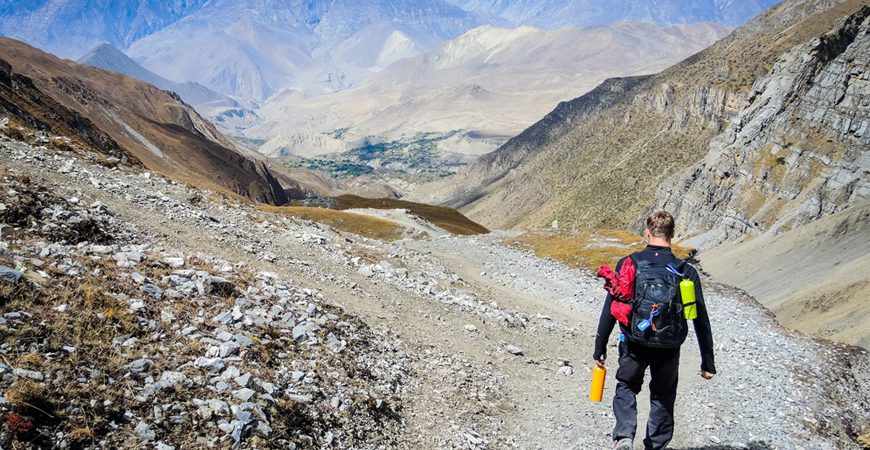
Food and Water Availability
As you continue your backpacking adventure, it is crucial to consider the availability of food and water along your route. Being prepared with enough sustenance and hydration is essential for a successful and enjoyable trip.
Here are some factors to keep in mind regarding food availability and water sources:
Plan your meals and snacks in advance, ensuring you have enough food for the duration of your trip.
Consider lightweight, non-perishable food options that are easy to carry and require minimal preparation.
Research the availability of natural water sources such as rivers, lakes, and streams along your route for potential water resupply points.
Carry a water filter or purification tablets to ensure safe drinking water, especially if relying on natural sources.
Be aware of any seasonal variations in water availability, such as dry periods or frozen water sources during colder months.
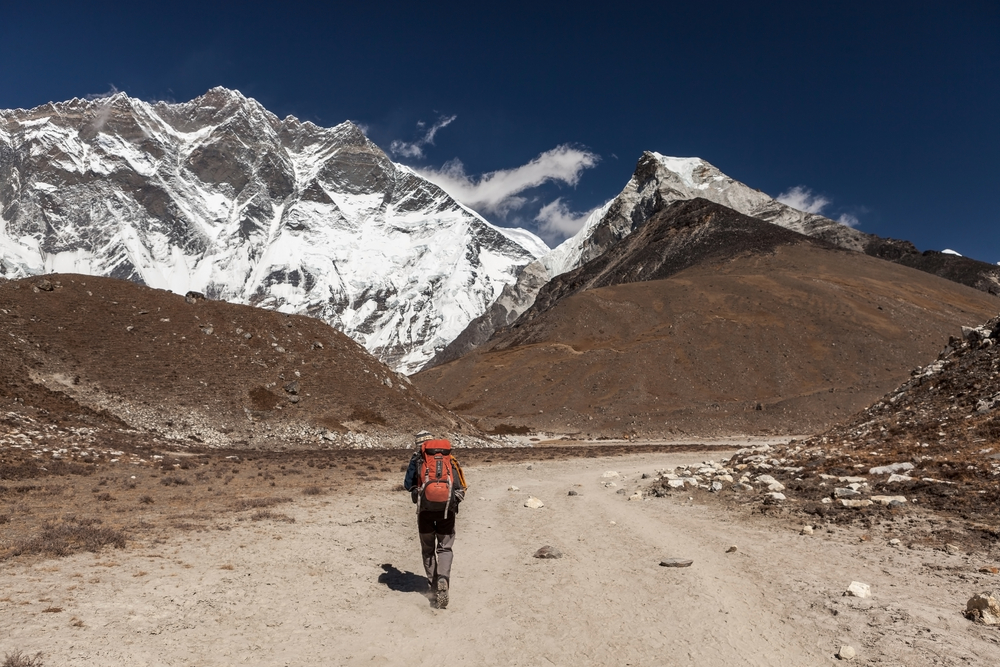
Gear Adaptations for Spring
Continuing our exploration of seasonal backpacking factors, let us now delve into the essential gear adaptations to consider for spring.
As the snow melts and the temperatures rise, spring brings its own unique challenges and opportunities for outdoor enthusiasts. When it comes to spring gear options, lightweight and breathable materials are key.
Swap out your heavy winter clothing for moisture-wicking base layers, lightweight and packable jackets, and quick-drying pants. Don't forget to invest in a reliable pair of waterproof boots or trail shoes to navigate muddy trails and streams.
Additionally, spring backpacking essentials include a sturdy and lightweight tent, a sleeping bag suitable for cooler nights, and a compact stove for cooking meals on the go.
With the right gear adaptations, you can enjoy the freedom of springtime backpacking while staying comfortable and prepared.
Clothing Layers for Summer
For summer backpacking, selecting appropriate clothing layers is crucial for comfort and protection in various outdoor conditions. When it comes to clothing choices, lightweight fabric options are a must to ensure breathability and ease of movement.
Here are five key items to consider for your summer backpacking wardrobe:
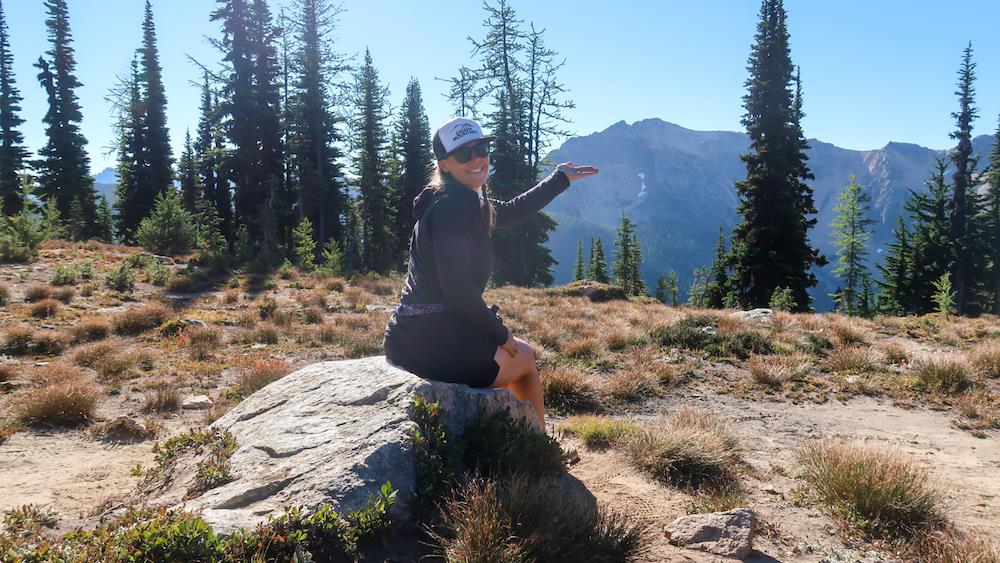
Moisture-wicking base layer: Opt for a lightweight and quick-drying fabric that helps to keep your skin dry and comfortable.
Lightweight hiking shirt: Look for shirts made of breathable materials like nylon or polyester that provide sun protection and ventilation.
Convertible pants: These versatile pants can be easily transformed into shorts, allowing you to adapt to changing temperatures and terrain.
Wide-brimmed hat: Protect your face and neck from harmful UV rays with a hat that provides ample shade.
Sunglasses with UV protection: Shield your eyes from the sun's glare and harmful rays with sunglasses that offer UV protection.
Weather Considerations for Fall and Winter
During the fall and winter seasons, backpackers must consider various weather factors to ensure their safety and comfort on the trails. Fall hiking brings cooler temperatures and unpredictable weather conditions, such as rain and wind. It is important to dress in layers that can be easily adjusted to regulate body temperature. Start with a moisture-wicking base layer, followed by an insulating mid-layer, and finish with a waterproof and windproof outer layer.
Additionally, proper footwear is essential to navigate wet and slippery terrain. Winter gear adaptations are crucial for backpackers venturing into colder climates. These include insulated clothing, such as down jackets and thermal pants, along with accessories like hats, gloves, and insulated boots. It is also important to have reliable navigation tools, as winter conditions can obscure trail markings.
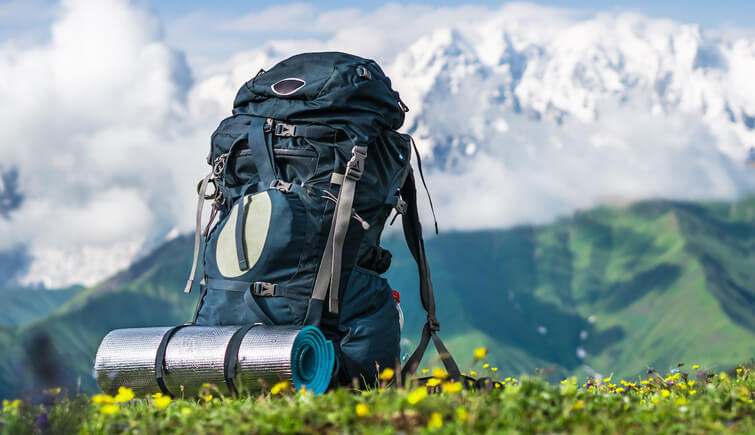
Always check weather forecasts and trail conditions before embarking on a fall or winter hike, and be prepared to adapt your gear and plans accordingly.
Frequently Asked Questions
Are There Any Specific Recommendations for Managing Insect Activity on the Trails During the Spring and Summer Seasons?
Managing insect activity on the trails during the spring and summer seasons is crucial for a comfortable backpacking experience. Essential gear for backpacking in the spring includes insect repellent, bug nets, and appropriate clothing to minimize exposure to insects.
How Can I Ensure the Safety of My Food and Water Supply During Backpacking Trips?
When backpacking, it is crucial to ensure the safety of your food and water supply. Proper food storage techniques, such as using bear canisters, and water purification methods, like using a water filter or treating with chemicals, can help prevent illnesses and wildlife encounters.
What Are Some Common Challenges Faced When Adapting Gear for Spring Backpacking?
When it comes to spring backpacking, adapting gear can present various challenges. From fluctuating weather conditions to unpredictable terrain, backpackers must consider factors such as insulation, waterproofing, and weight to ensure a successful and comfortable trip.
Are There Any Restrictions or Guidelines for Wildlife Encounters on the Trails?
When venturing into the wilderness, it is important to be aware of wildlife encounters and adhere to trail safety guidelines. Understanding the restrictions and guidelines in place can help ensure a safe and enjoyable backpacking experience.
How Can I Stay Updated on Trail Conditions and Permit Availability Before Planning a Backpacking Trip?
Staying updated on trail conditions and permit availability is crucial when planning a backpacking trip. Regularly checking for trail condition updates and permit availability ensures a smooth and hassle-free experience in the great outdoors.
 Liveaboard LifestyleTravel DestinationsExPat Places to LiveRV LifeDigital Nomad TravelPrivacy PolicyTerms And Conditions
Liveaboard LifestyleTravel DestinationsExPat Places to LiveRV LifeDigital Nomad TravelPrivacy PolicyTerms And Conditions
